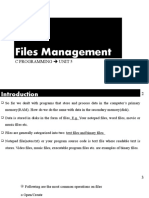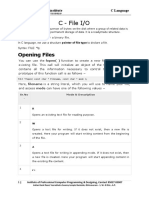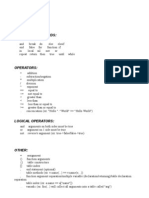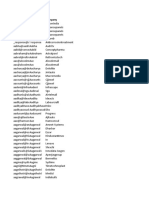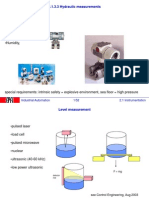0% found this document useful (0 votes)
5 views94 pagesLecture 04
The document provides an overview of file input/output (I/O) in C programming, detailing methods for reading and writing files, including the use of functions like fopen, fscanf, fprintf, and fclose. It emphasizes the advantages of file I/O over standard input, such as improved efficiency, error reduction, and the ability to handle structured data formats. Additionally, it discusses file permissions and the significance of the FILE * structure in managing file operations.
Uploaded by
hbqubitCopyright
© © All Rights Reserved
We take content rights seriously. If you suspect this is your content, claim it here.
Available Formats
Download as PDF, TXT or read online on Scribd
0% found this document useful (0 votes)
5 views94 pagesLecture 04
The document provides an overview of file input/output (I/O) in C programming, detailing methods for reading and writing files, including the use of functions like fopen, fscanf, fprintf, and fclose. It emphasizes the advantages of file I/O over standard input, such as improved efficiency, error reduction, and the ability to handle structured data formats. Additionally, it discusses file permissions and the significance of the FILE * structure in managing file operations.
Uploaded by
hbqubitCopyright
© © All Rights Reserved
We take content rights seriously. If you suspect this is your content, claim it here.
Available Formats
Download as PDF, TXT or read online on Scribd
/ 94







































